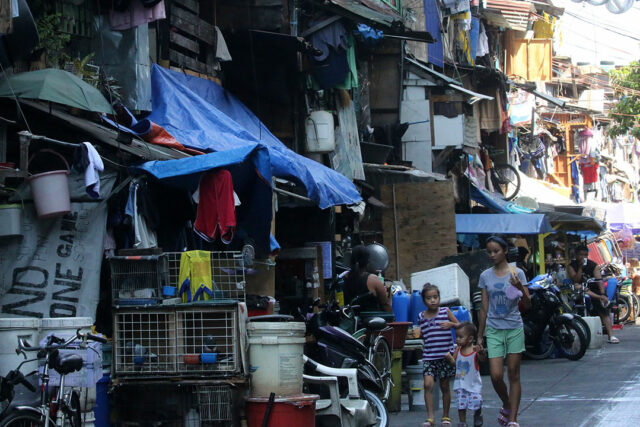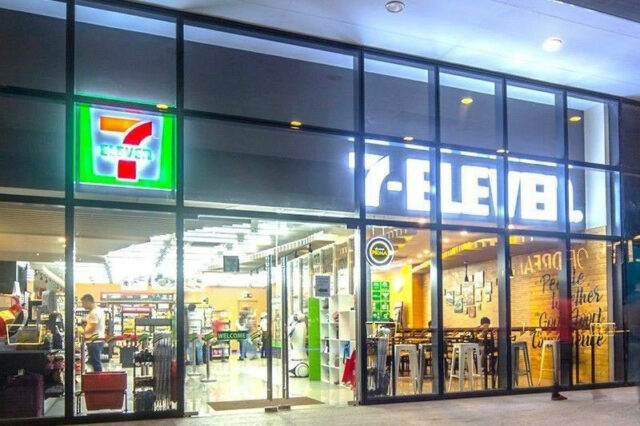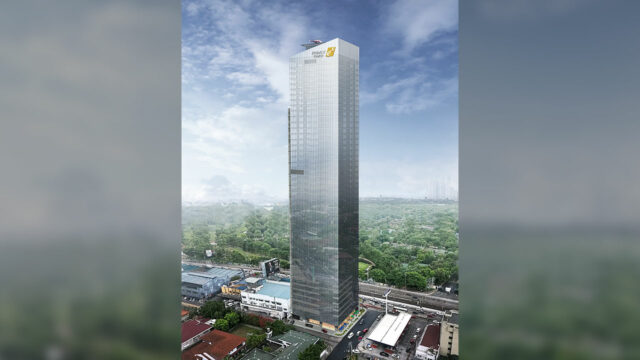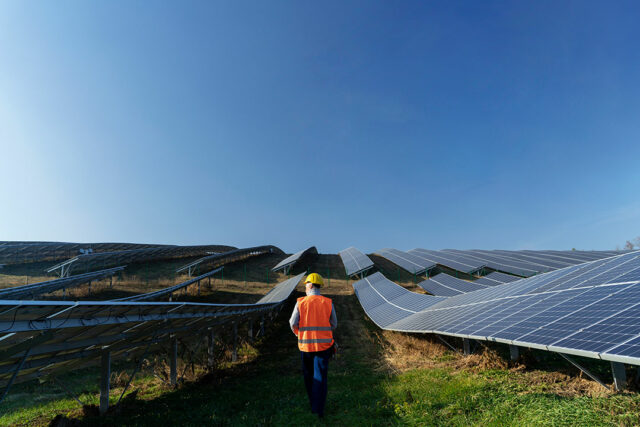Vehicle sales growth slows in September

By Justine Irish D. Tabile, Reporter
PHILIPPINE AUTOMOTIVE sales growth slowed to 2.4% in September, amid flat sales of commercial vehicles, according to an industry report.
A joint report by the Chamber of Automotive Manufacturers of the Philippines, Inc. (CAMPI) and the Truck Manufacturers Association (TMA) showed vehicle sales rose to 39,542 units in September from 38,628 units in the same month last year.
The 2.4% sales growth in September was the slowest since March when vehicle sales inched up by 1.6%.
 Month on month, car sales rose by 1% from the 39,155 units sold in August.
Month on month, car sales rose by 1% from the 39,155 units sold in August.
“The increase can be attributed to new stock arrivals and improved promotions from the brands,” CAMPI President Rommel R. Gutierrez said in a statement on Wednesday.
“There were no new model releases last September, possibly due to the brands’ preparation for the upcoming Philippine International Motor Show in October where we expect new launches will be made,” he added.
September sales were driven by a 9.2% increase in passenger car sales to 10,438 units from 9,558 units sold a year ago. Month on month, passenger car sales went up by 9.54%.
On the other hand, sales of commercial vehicles inched up by 0.1% to 29,104 units in September from 29,070 a year ago. Commercial vehicles accounted for 73.6% of the industry’s total sales.
Month on month, sales of commercial vehicles declined by 1.8%.
Among commercial vehicles, Asian utility vehicle (AUV) sales surged by 43.8% year on year to 7,123 units, while sales of medium trucks grew by 23.4% to 401.
However, sales of light commercial vehicles fell 9.2% to 20,964 units, while sales of light and heavy trucks fell by 11% and 11.1% to 544 and 72, respectively.
For the first nine months of 2024, vehicle sales went up by 9.4% to 344,307 units from 314,843 units a year ago, CAMPI-TMA data showed.
Passenger car sales jumped by 13.4% to 90,765 units in the January-to-September period, while commercial vehicle sales increased by 8% to 253,542 units.
Rizal Commercial Banking Corp. Chief Economist Michael L. Ricafort said the annual sales growth rate in September was slower than the double-digit growth rates seen a few months ago.
“This may be partly attributed to higher normalizing base or denominator effects and still relatively higher interest rates in recent months,” he said in a Viber message.
“But the year-to-date vehicle sales growth is still faster than the economic growth, which is a bright spot for the economy,” he added.
Regina Capital Development Corp. Head of Sales Luis A. Limlingan attributed the slower growth to seasonal demand.
“Seasonal trends played a role, with sales dipping after August’s promotions, leading to declines in segments like light commercial vehicles and heavy-duty trucks,” said Mr. Limlingan in a Viber message.
“Additionally, the strong sales momentum in August likely pulled forward some demand, resulting in more subdued growth in September,” he added.
Mr. Limlingan said higher interest rates and elevated inflation could have also weighed on consumers’ decisions when making big-ticket purchases like cars.
In the first nine months, Toyota Motor Philippines Corp. remained the market leader with sales of 159,088 units, up by 10.3% from 144,232 units a year ago. Toyota sales accounted for 46.2% of the industry’s total.
Mitsubishi Motors Philippines Corp. ranked second with a market share of 19.18%, as sales jumped by 13.7% to 66,028 units in the first nine months.
In third spot was Ford Motor Co. Phils., Inc. which saw sales drop by 7.2% to 21,438 units. This accounted for 6.23% of the industry.
Rounding out the top five were Nissan Philippines, Inc., whose sales went up by 1.4% to 20,322, while Suzuki Phils., Inc. posted an 11.1% rise in sales to 14,990 units.
CAMPI set a sales target of 500,000 this year. If realized, this will be the industry’s highest annual sales to date and will represent a 16.3% increase from last year’s 429,807 units sold.












